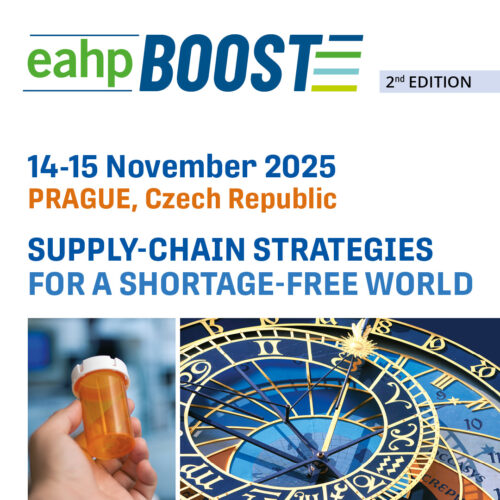Design, build and implementation of electronic prescribing and medicines administration in neonatal units across four UK hospital trusts
Pdf

European Statement
Introductory Statements and Governance
Author(s)
Holly Jones, Nicola Vosser
Why was it done?
Neonatal units were out of scope during the initial EPMA go-lives due to the complexities in prescribing and the specialist resource required for implementation. This project therefore brought neonatal units in line with all other areas, transitioning from paper drug charts to EPMA. In addition, it supported an ICS wide goal to align practice between trusts, standardising prescribing and facilitating effective use of digital systems in healthcare.
What was done?
A neonatal formulary was developed on an existing Electronic Prescribing and Medicines Administration (EPMA) system shared by four hospital trusts that make up a regional Integrated Care System (ICS). This involved interdisciplinary collaboration and shared decision making to align practice and prescribing guidelines. Complex protocols included continuous variable rate drug infusions, intravenous fluids and parenteral nutrition.
How was it done?
Key guidelines were shared with a collaborative approach to identify and harmonise differences in local practice, including syringe volumes and dose calculation ‘factors’. The EPMA team (comprising specialist pharmacists and medicines management technicians) completed a thorough gap analysis of the existing adult and paediatric drug catalogue and managed all new build work for neonates. Clinical decision making and validation were multidisciplinary tasks with input from specialist clinicians, pharmacists and nurses. Training, go-live planning and implementation were led by the EPMA team.
What has been achieved?
A bespoke neonatal medication build has been successfully implemented, supporting safe and efficient prescribing in neonates across the ICS. The development provides the ability to prescribe medications and document administration clearly and safely, including adjustment of infusion rates. Clinical pharmacists have full visibility of this information and are able to accurately complete pharmacy reviews, interventions and verification. In addition, alignment of practice and standardisation of care has been reached across the ICS, with benefits to both staff and patients.
What next?
The neonatal build is updated and optimised based on feedback from users to maintain the usability and safety of the system. Development of electronic fluid balance charts for neonates, including drug infusion volumes, is also in progress. Details of the neonatal project are being shared with other UK hospital sites using the same EPMA system.
























